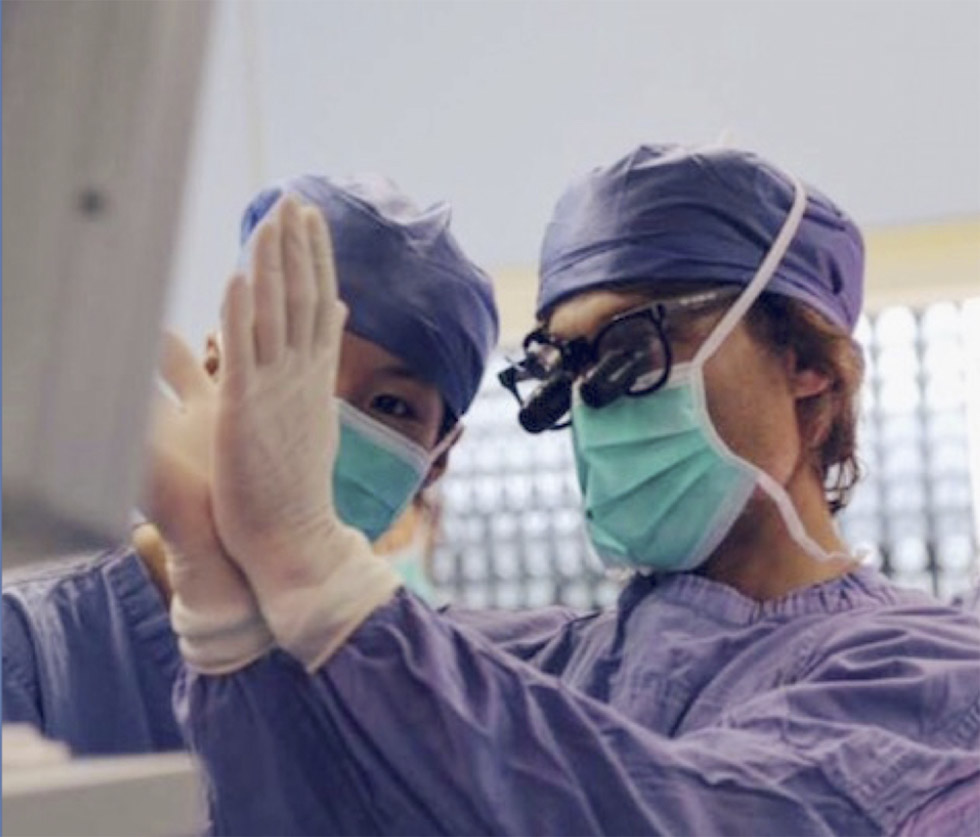For years when patients came to see cosmetic surgeons for eyelid surgery (blepharoplasty, canthoplasty, ptosis repair, fat grafting, fat repositioning, etc) they were counseled on how surgery could remove the excess skin and bags and get rid of wrinkles. The thinking was that gravity made the eyelids and face sag and that cutting out eyelid skin and fat and lifting tissue (traditional blepharoplasty) was the answer. Well we have found that often times this kind of blepharoplasty surgery makes patients look funny, gaunt, pulled and “done.” It just doesn’t look natural. Why is this? In the last decade or so we have learned that one of the main reasons we look aged and tired is loss of volume (fat) from our faces. This causes skin and muscle to fall and collapse. It is the same thing that happens to grapes as they turn into raisins. With this in mind, when approaching eyelid surgery like blepharoplasty, canthoplasty and ptosis repair, we have concentrated very hard on techniques which replace volume in the face whether they be gel fillers (Restylane, Perlane, Juvederm) , or our own fat (fat grafting and fat repositioning). This has revolutionized how we approach cosmetic blepharoplasty surgery. We no longer emphasize subtractive blepharoplasty surgery (where all we do is remove tissue); but rather focus on replacing what is lost.
This concept of volume loss with age is most apparent around the eyes. The upper and lower lids are supported by muscle, fat and bone. With age the fat shrinks, the muscle weakens and bone is resorbed (lost like bone loss in the body with osteoporosis). With this tissue loss the lids lose support and sag. This leads to bags, dark circles, puffiness, hollows, and wrinkles. The sun damage to the skin accentuates the appearance by causing the skin to lose collagen and elastin (the stretchy material in the skin that allows it to snap back into place like a rubber band).
We now believe that replacing this lost volume during cosmetic blepharoplasty is the most important feature of restoring youth. Rather than tissue reduction during surgery, we emphasize tissue addition (fat grafting, fat repositioning, and the use of fillers like Restylane, Juvederm and Perlane).
Below is an example of a woman before (left) and after (right) blepharoplasty surgery with the addition of fat grafting and fat repositioning of the depressions around the lower lids. Note the significant improvement in appearance.



